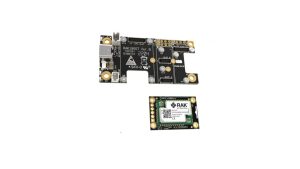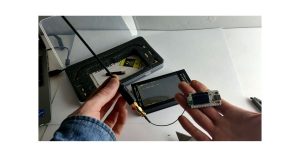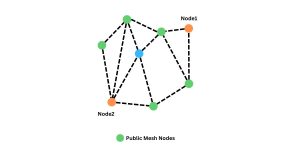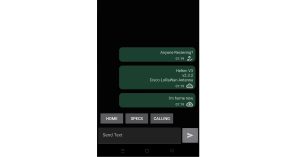433MHz Meshtastic Node at 868MHz - Does it Work?
Can a 433MHz Meshtastic Device Operate at 868MHz?
Curiosity (may) Kill the Cat
In the realm of technology, curiosity often leads to innovation. As a passionate user of mesh networking devices, I found myself drawn to the idea of experimenting with frequency modulation. Thus, I embarked on a journey to tinker with the frequency of a 433MHz LILYGO T-Beam Meshtastic Node, forcing it to operate at 868MHz.
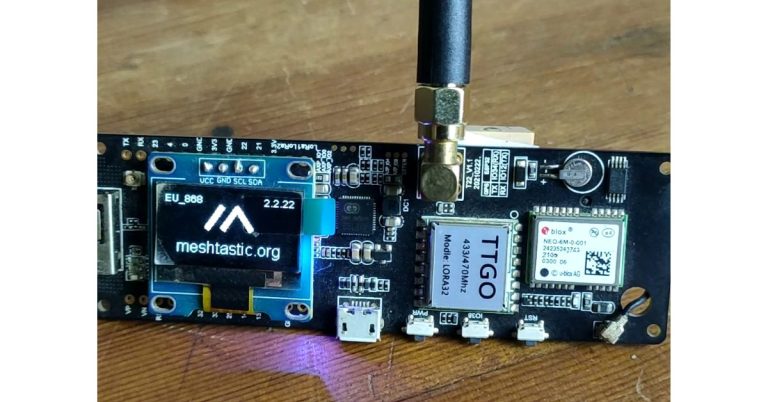
433MHz Meshtastic Node Running at 868MHz
Bridging Frequencies
Initially, the results of the experiment were promising. The modified node showcased the ability to detect nearby 868MHz nodes within short distances. This newfound capability facilitated seamless communication and data exchange, fostering connectivity within the mesh network. It appeared that the boundaries between different frequencies could be bridged, opening up new possibilities for interoperability.
Signal Strength Woes
However, amidst the excitement of successful communication, challenges emerged. Despite outfitting the node with an 868MHz antenna, the signal strength proved to be a significant hurdle. Even within the confines of a household setting, connectivity remained sporadic and unreliable. It became evident that while the node could technically communicate with other 868MHz devices, its performance fell short of expectations due to weakened signal strength.
Risks and Considerations
In light of the experiment’s findings, it’s imperative to highlight the associated risks and considerations. Running a device outside its specified parameters carries inherent dangers, including the potential for damage and compromised functionality. While the experiment provided valuable insights, it also underscored the importance of adhering to recommended guidelines to ensure the longevity and optimal performance of mesh networking devices.
Balancing Exploration with Prudence
In the ever-evolving landscape of technology, experimentation fuels progress. However, it’s essential to strike a balance between exploration and prudence. While my foray into frequency modulation yielded intriguing results, I cannot in good conscience recommend others to replicate the experiment without thorough consideration of the potential risks involved. As with any endeavour, proceed with caution, prioritize the well-being of your devices, and embrace the spirit of innovation responsibly.
Converting a 144/430 VHF/UHF antenna to 868MHz for use with Meshtastic
Converting a 144/430 VHF UHF antenna to 868MHz for Meshtastic...
Read MoreMeshtastic Messenger – The Licence Free Off Grid Communication Platform
Meshtastic Messenger – The Licence Free Off Grid Communication Platform...
Read MoreMeshtastic Quick Chat Messages
Meshtastic Quick Chat Messages Enhancing Communication Efficiency with Quick Chat...
Read More
